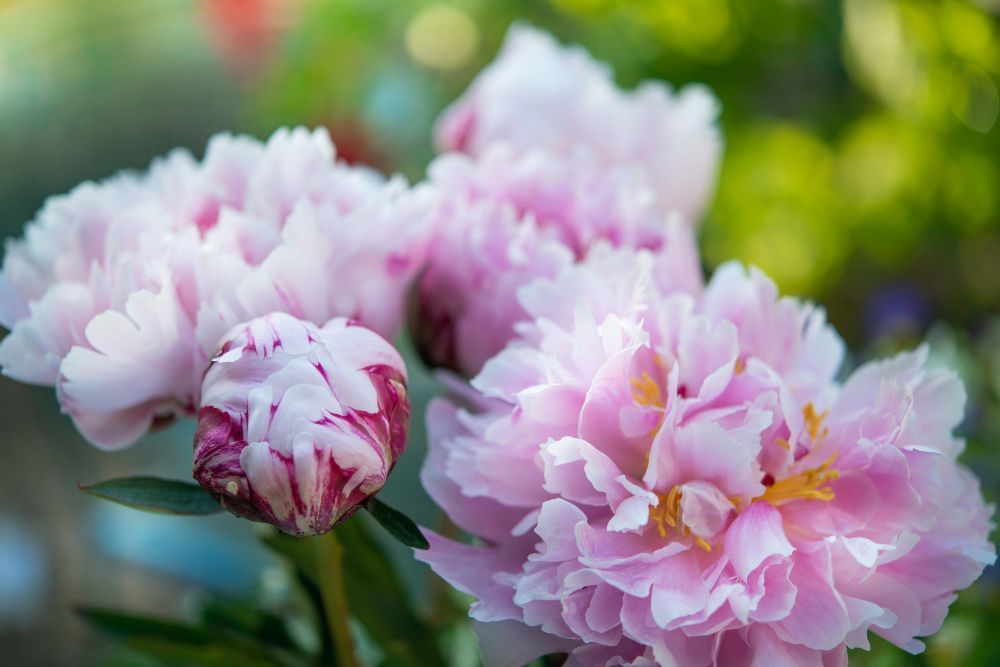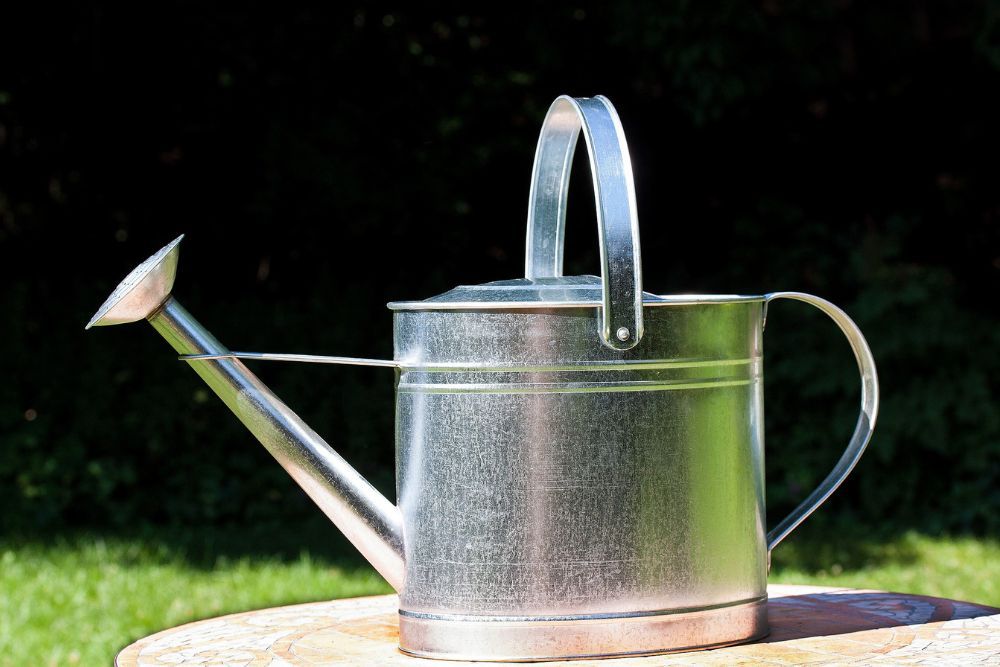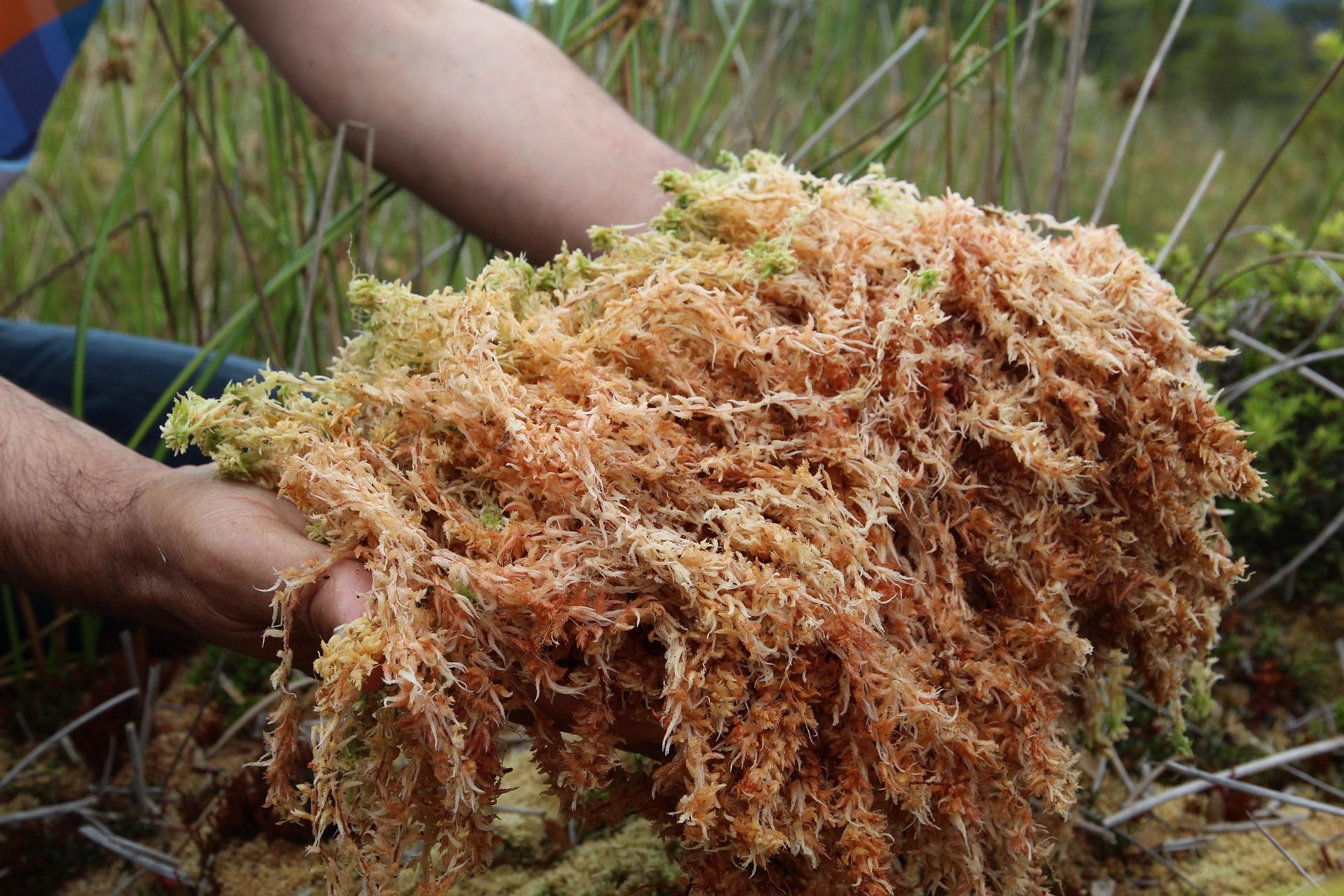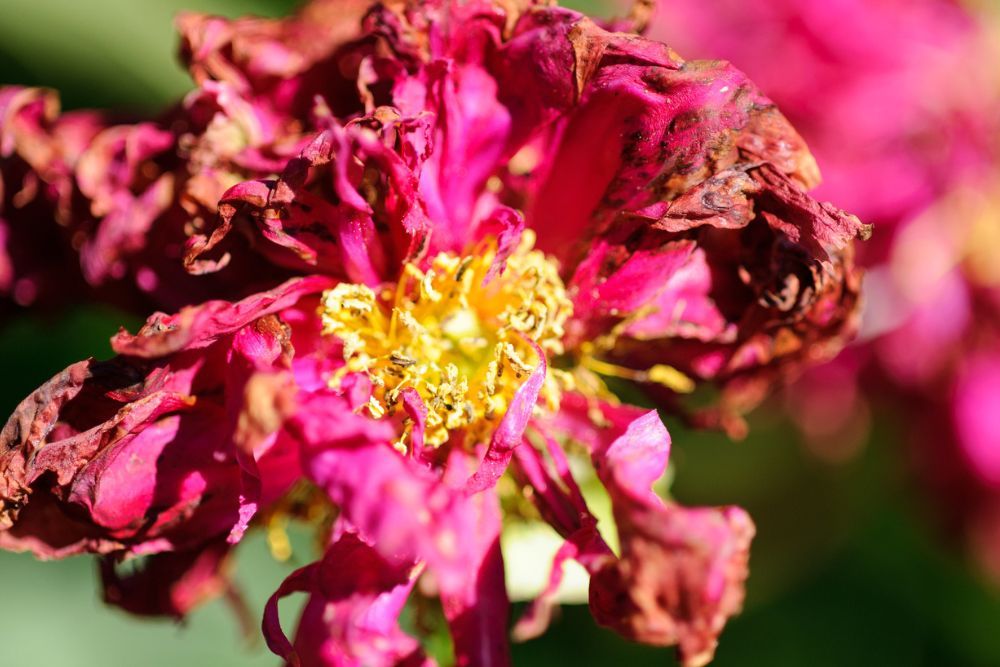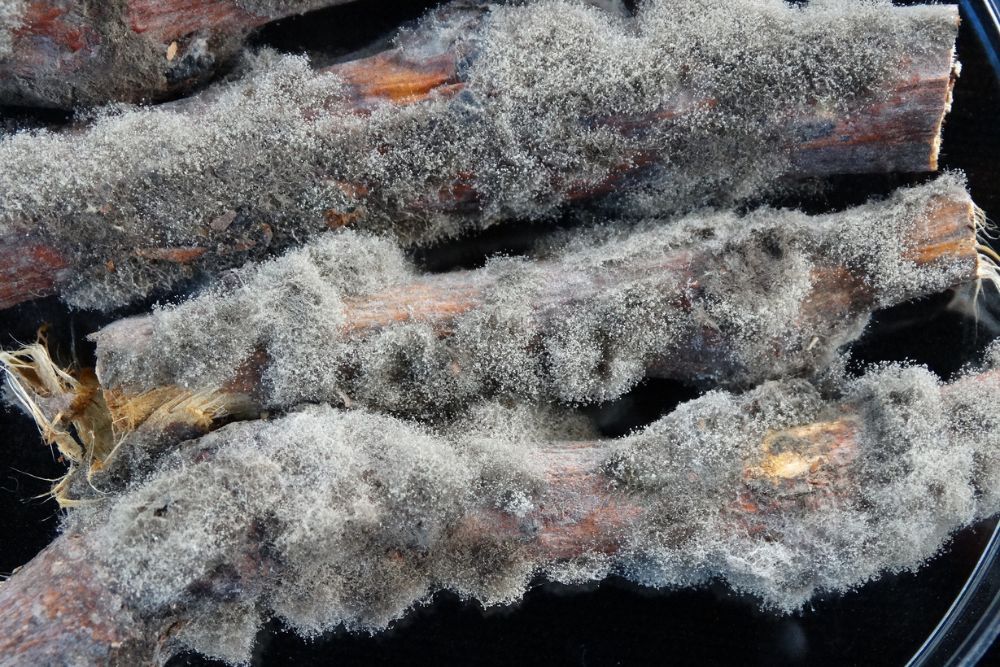Peonies (Paeonia spp.) are highly popular because of their showstopping blooms. To encourage your flowers to produce healthy blossoms the right watering routine is essential. Failing to water your peonies correctly could prevent blooms from growing to their full size or even opening at all.
Follow these handy tips to avoid disappointment and enjoy a garden that is brimming with healthy peony blossoms. Learn more about just how often you should water your peonies to promote healthy flowers.
How Often Should You Water Your Peonies?
Image credits: Cristina Anne Costello via Unsplash
To encourage healthy, vibrant, and full blooms, water the soil around your peonies 12 inches deep every 10 to 14 days. Keep in mind, this timeframe could change depending on the weather.
If you don't get any rain for a few weeks your peony may need water sooner than 14 days. The best way to determine if the soil needs water is to feel it. Take a trowel and dig 2 inches deep into the soil beside your peony. If the soil feels dry it is time to water it.
Note: Digging deeper than 2 inches into the earth around your peony can damage the root system.
Benefits of Watering Peonies Correctly
Image credits: Stux via Pixabay
Correct watering practices can benefit your peony plants in a number of ways. First, watering your peony helps it to produce luscious flowers. Thoroughly watering your peony so that it has water 12 inches deep into the soil also promotes deep root growth and helps your peonies better resist drought.
Watering your peony after fertilization can also help to prevent fertilizer burn. When fertilizing peonies it is common practice to mix in ¼ cup of 10-10-10 fertilizer to the first 2 inches of soil while keeping the fertilizer 6 inches away from the peony crown.
When you water after applying the fertilizer it disperses nutrients throughout the soil. This lowers the concentration of fertilizer near the roots and helps prevents fertilizer burn. When fertilizer burn happens it desiccates the roots or takes away their moisture, ultimately killing them. This can cause the whole plant to die off.
Mulch to Help Peonies Retain Moisture
Image credits: Heamna Manzur via Pixabay
While watering your peonies is an essential part of cultivating healthy plants, you can also help them to naturally conserve moisture. During spring and summer, add 1 to 2 inches of lightweight loose mulch like ground corncobs, peat moss, or buckwheat hulls.
Place the mulch around the base of your peony in a gradient. Put the majority of the mulch between your peony plants and as you get closer to the stem of the peony lighten the application. There should not be any mulch directly touching the stems.
Pro Tip: Peonies grow in zones 3 to 8 where they often experience freezing and thawing in winter. Cover the crowns lightly with 1 to 2 inches of straw mulch, shredded bark, or pine needles in the autumn. The mulch will help to protect them during winter. Then, gently remove all of the mulch in spring so that you don't smother the new shoots when they are growing.
Don't Underwater
Image credits: Eric Kilby via Flickr
Providing your peonies with enough water avoids problems that occur when they get too dry as underwatering is very harmful to blooms. It can cause bud-blast, a condition where the peony's flower buds only grow to the size of a pea and may never fully open. Bud-blast occurs from spring cold snaps, fungal diseases such as botrytis blight, and improper care.
As well as this, a lack of water can cause the plant to wilt, stunt their growth, and even discolor the foliage and petals. To avoid these problems, check the soil moisture every few days to assess if your plant will need more water before the generally recommended 10 to 14 days. Remember, if the soil is dry to the touch 2 inches deep, it is time to water your peony.
Avoid Overwatering
Image credits: Scott Nelson via Flickr
Part of caring for your peonies is learning what watering mistakes to watch for. Overwatering your peonies can cause a lot of problems like botrytis blight, phytophthora blight, and peony blotch.
Fungal Infections
Botrytis blight is a fungal infection that essentially rots your peony plant. You can spot this by the brown and black spores that will cover the foliage. Phytophthora blight (Phytophthora cactorum) is another fungus that causes leaves, crowns, and roots to rot. If your peony develops phytophthora blight you will see wilting and dark leather-like stems. Lastly, if you spot circular red and purple patches on the leaves, your peony could have peony blotch fungus (Cladosporium paeoniae).
Prevention and Treatment
When you see signs of these fungal infections, you will need to treat the problem by removing any foliage or stems that have signs of the fungus. However, if the fungus has spread to the whole plant you will need to cut the stems to the ground.
Prevention is always the better alternative to cutting down your peonies. So always check soil moisture before you water and avoid watering if the first 2 inches of soil are soggy. You should also water the soil directly instead of watering over the top of the plant to prevent excess water from stagnating on the leaves.
Keeping Your Peonies Hydrated
Watering your peonies correctly is a top way to encourage them to produce beautiful flowers! Plus it can also help distribute fertilizer throughout the soil to give your plants the boost they need without burning them. Lastly, great watering practices can help prevent fungal problems that can kill your plants.
How often do you water your peonies? What are your top watering tips to prompt luscious growth? Share your expertise in the comments below to help fellow gardeners!


